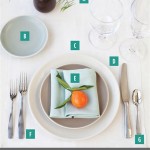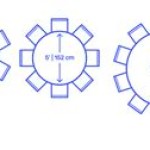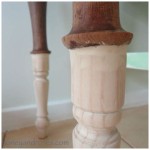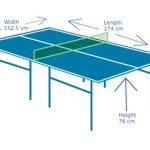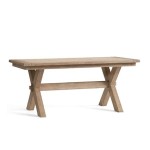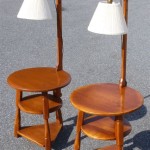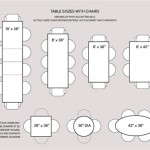How Big Should a Sewing Cutting Table Be?
Choosing the right cutting table is crucial for any sewer, as it provides a flat and sturdy surface for cutting fabric accurately. The size of the cutting table depends on various factors, including the types of projects you work on, the amount of fabric you typically cut at once, and the space available in your sewing room. Here's a guide to help you determine the appropriate size for your needs:
Project Requirements
Consider the size of the projects you usually make. If you work on small projects, such as clothing or accessories, a smaller table may suffice. However, if you frequently cut large pieces of fabric for quilts, curtains, or upholstery, you'll need a larger table to accommodate the fabric without having to fold or crease it.
Fabric Quantity
Estimate the amount of fabric you typically cut at once. If you work with small pieces or only cut a few layers at a time, a smaller table can serve your purpose. But if you need to cut multiple layers of heavy fabric or large pieces of fabric for larger projects, you'll need a cutting table with a larger surface area.
Available Space
Determine the available space in your sewing room for a cutting table. Measure the area where you plan to place the table, taking into account other equipment and furniture. Ensure you have enough space around the table to move comfortably and spread out your fabric without feeling cramped.
General Guidelines
As a general guideline, a cutting table should be at least 4 feet long and 2 feet wide to provide ample space for most common sewing projects. However, you may need a larger table if you frequently work on larger projects. Additionally, consider the height of the table to ensure it's comfortable for you to work at while standing or sitting.
Additional Features
Beyond the size, consider additional features that can enhance your cutting experience. Look for tables with:
- A self-healing surface to prevent cuts and marks on your fabric.
- Measuring grids or rulers on the surface for easy and precise cutting.
- Drawers or shelves for convenient storage of cutting tools and supplies.
- Adjustable legs to customize the height of the table.
Conclusion
Choosing the right size cutting table is essential for creating a comfortable and efficient sewing space. Consider the factors discussed above to determine the appropriate dimensions for your needs. Remember, it's better to have a table that's slightly larger than too small, as you can always fold or roll up excess fabric on a larger surface.

Diy Professional Sewing Room Table Brooks Ann Camper Bespoke

Custom Diy Sewing Cutting Table Noodlehead

Diy Professional Sewing Room Table Brooks Ann Camper Bespoke

Creating My Dream Cutting Table For Sewing Tasha Could Make That

Diy Sewing And Cutting Table With Storage Cubbies Underneath
Build Your Own Diy Cutting Table For Sewing Room Stop Staring And Start

How To Make A Diy Cutting Table With Batting Roll Storage Quilters Candy

Diy Sewing And Cutting Table With Storage Cubbies Underneath

Creating My Dream Cutting Table For Sewing Tasha Could Make That

Sewing Space Series Cutting Table Tutorial Alderwood Studio Modern Quilts For Life

